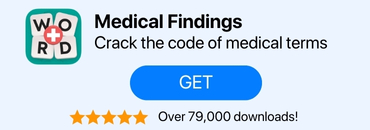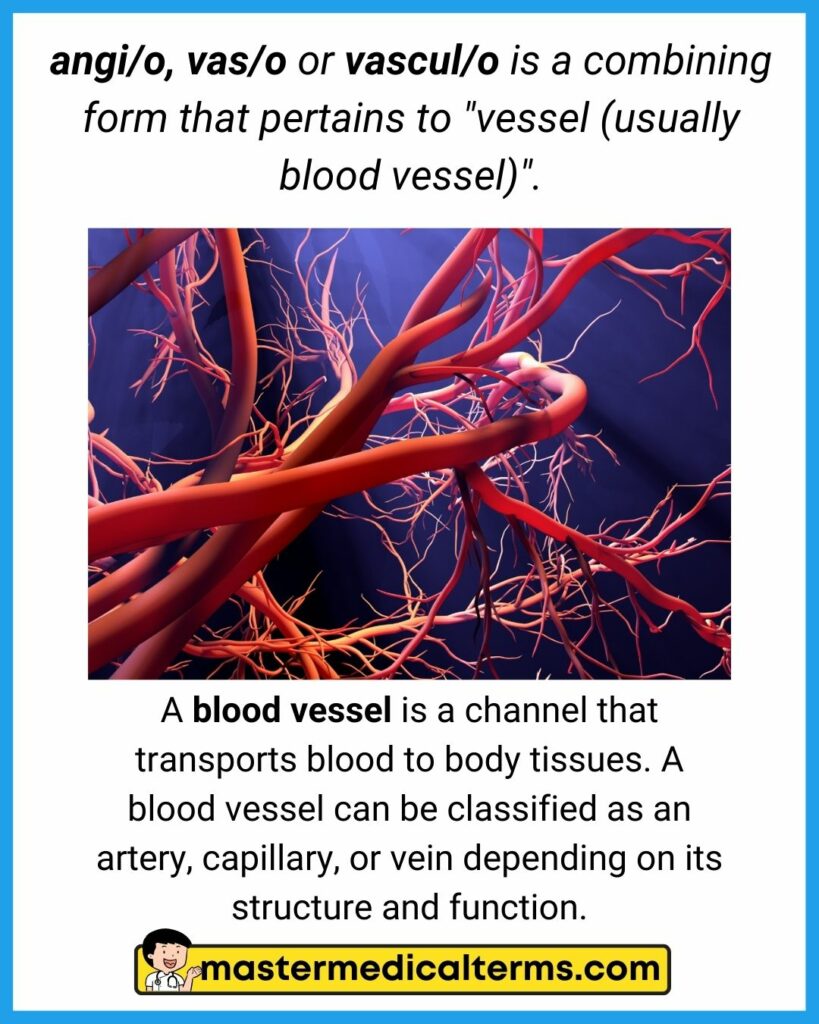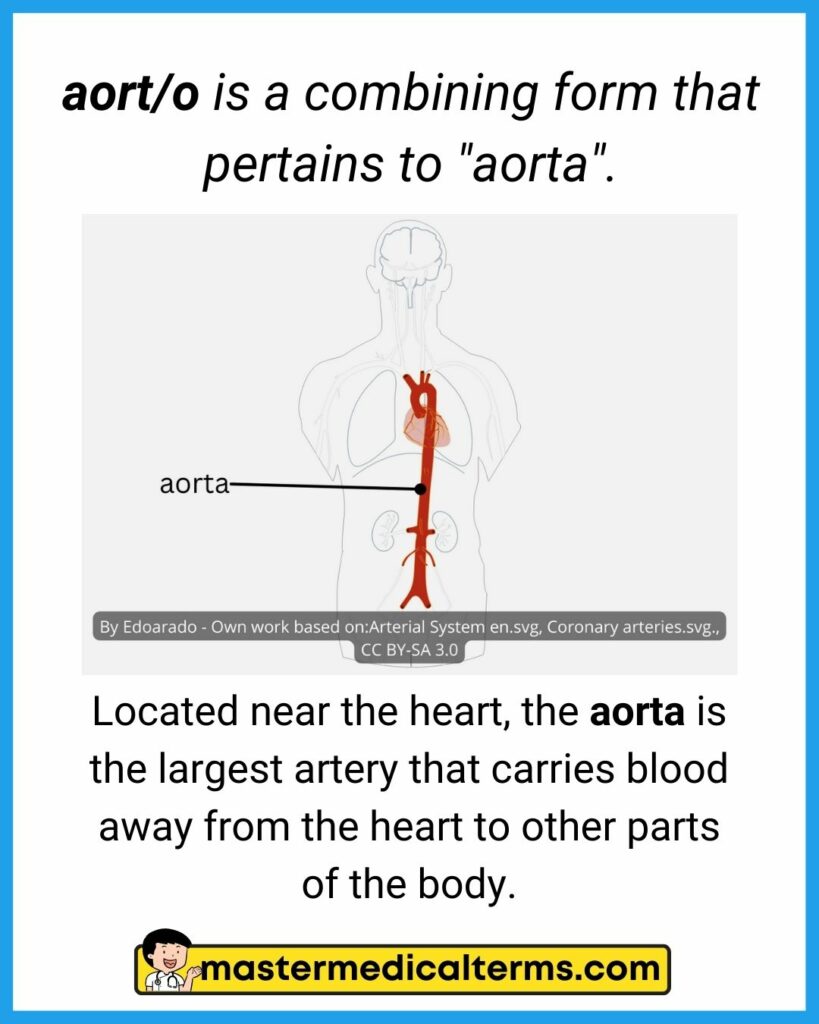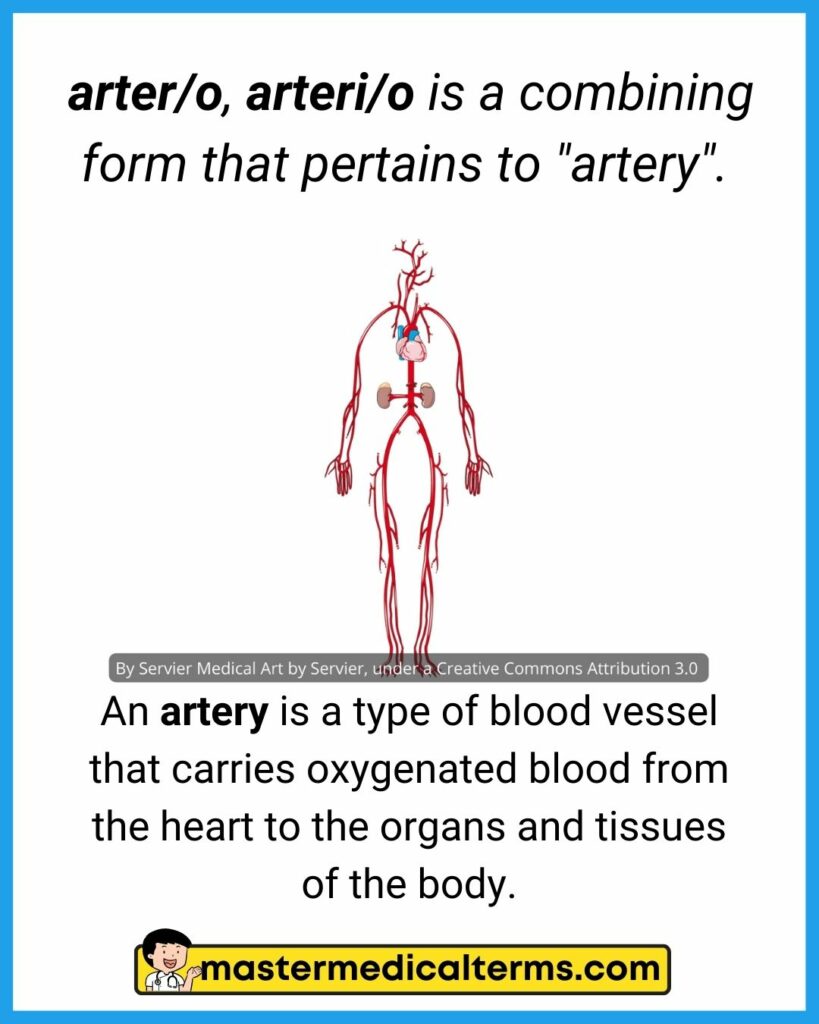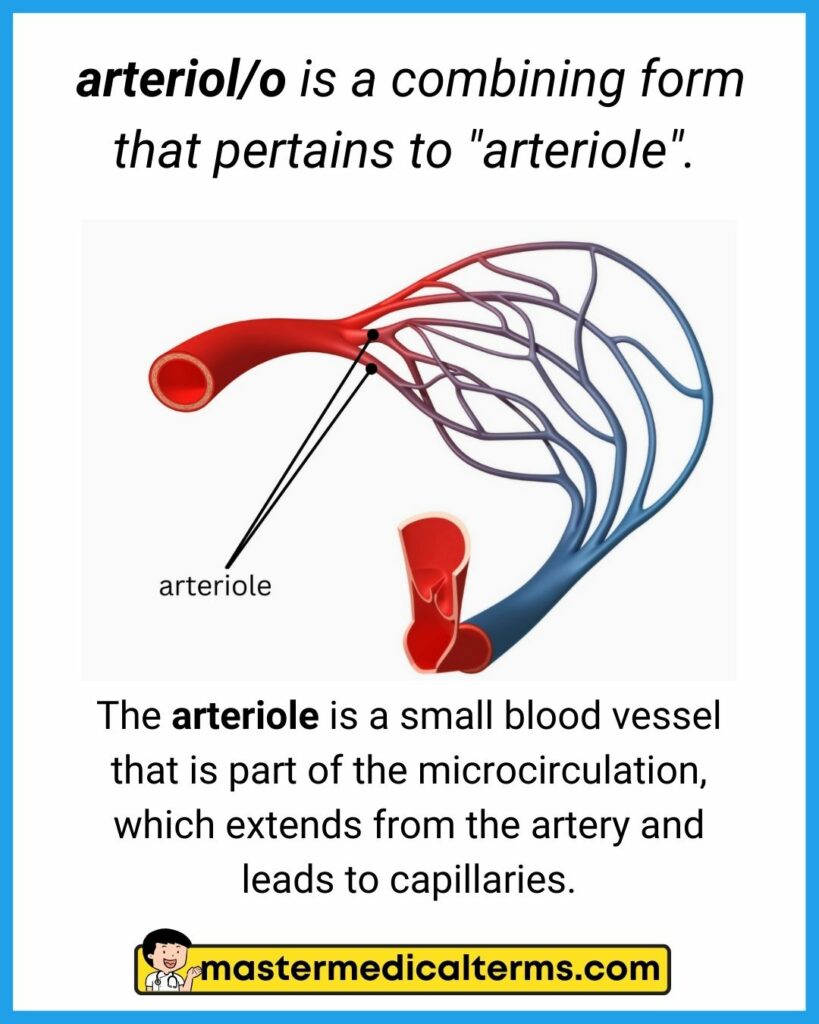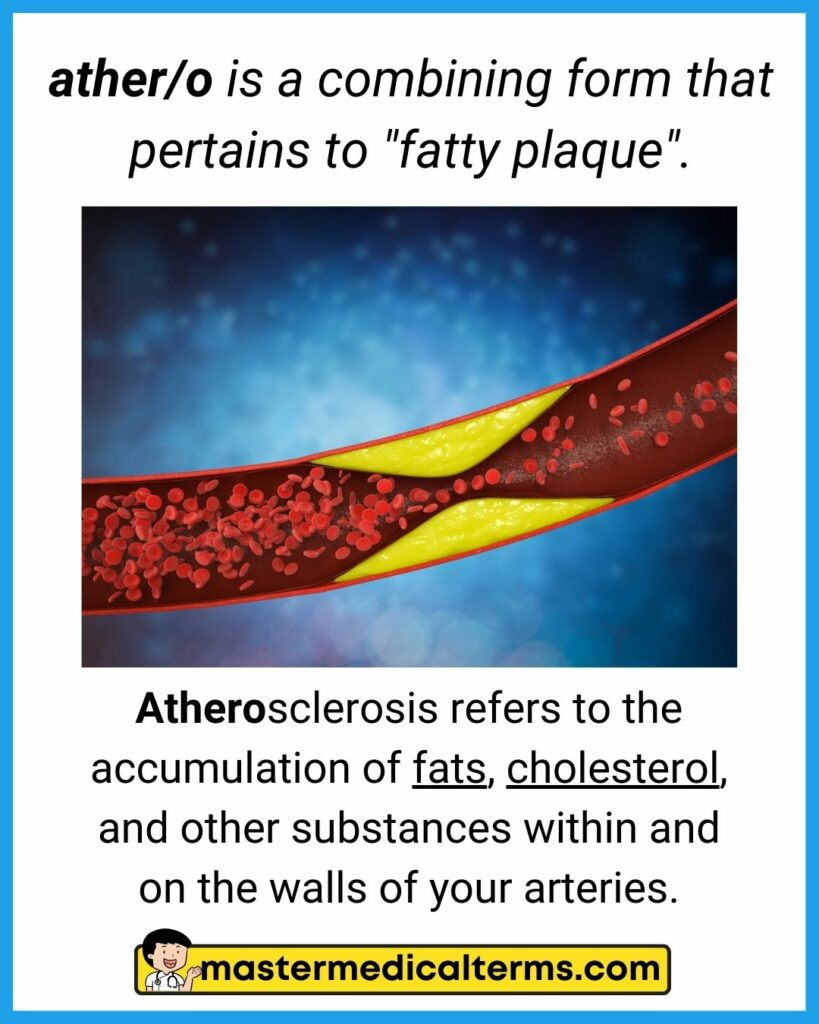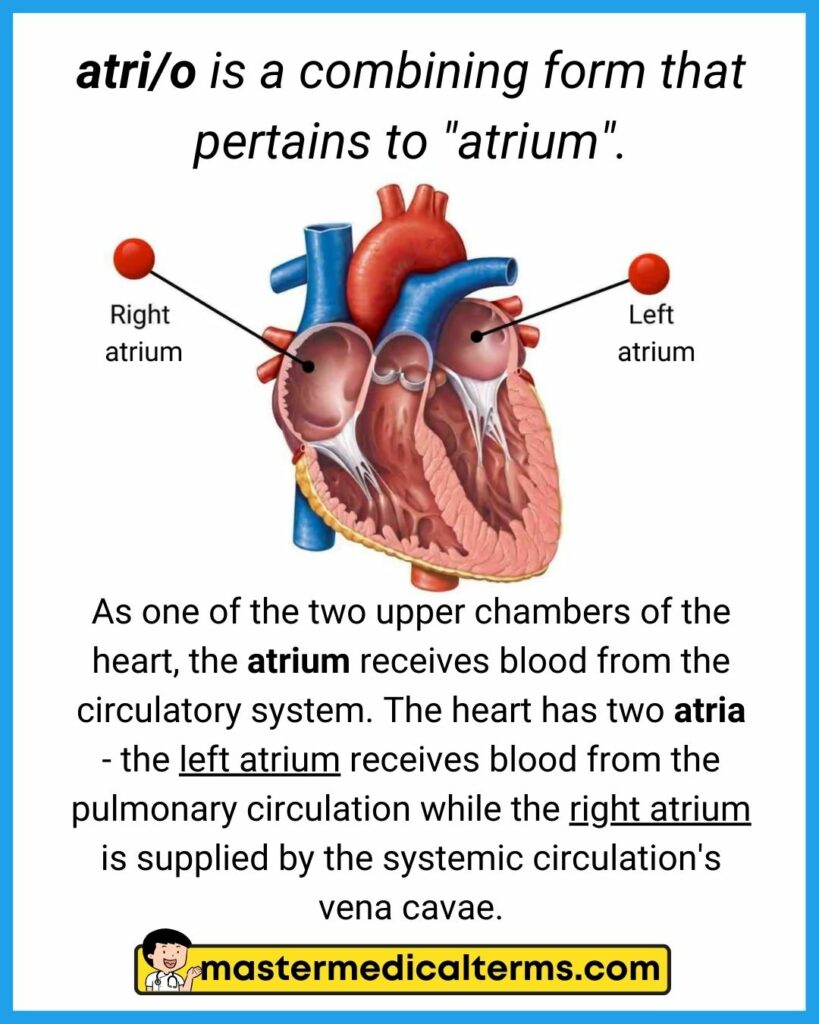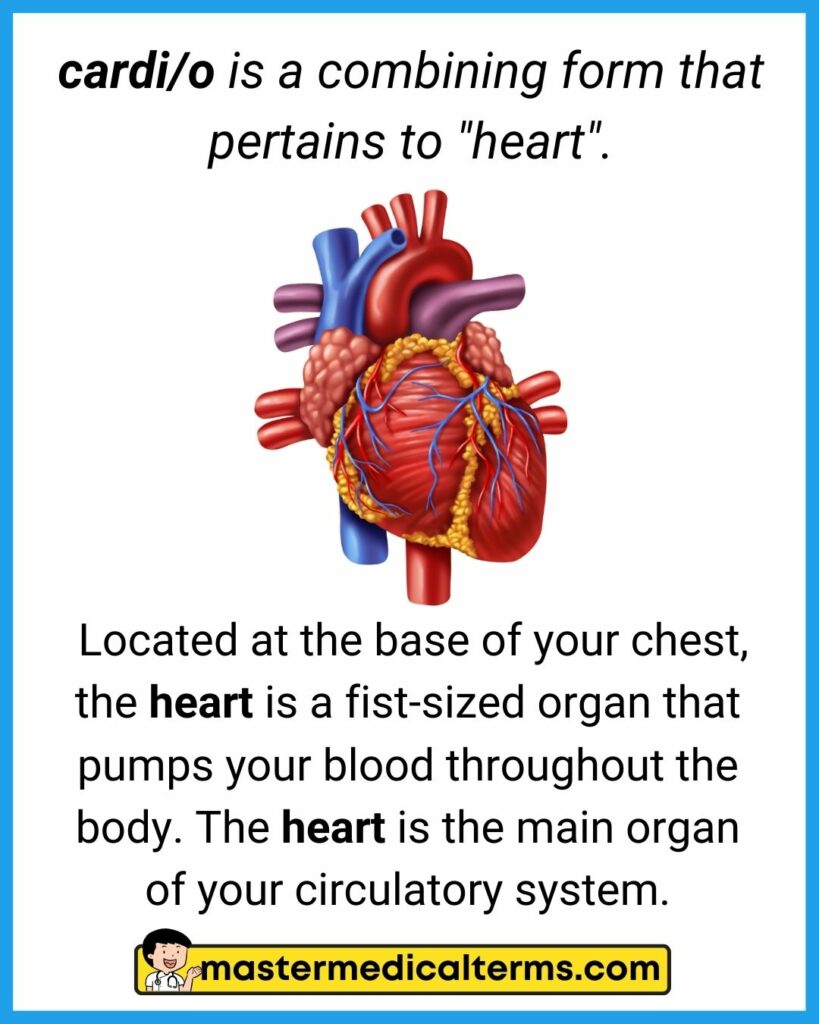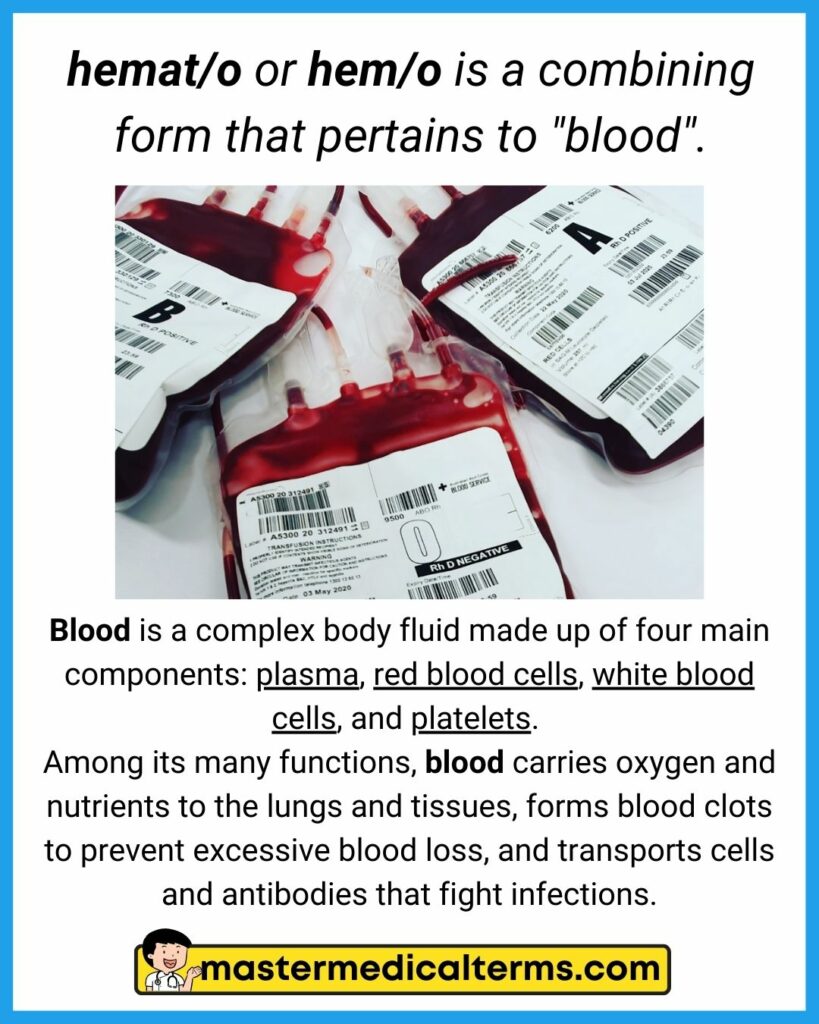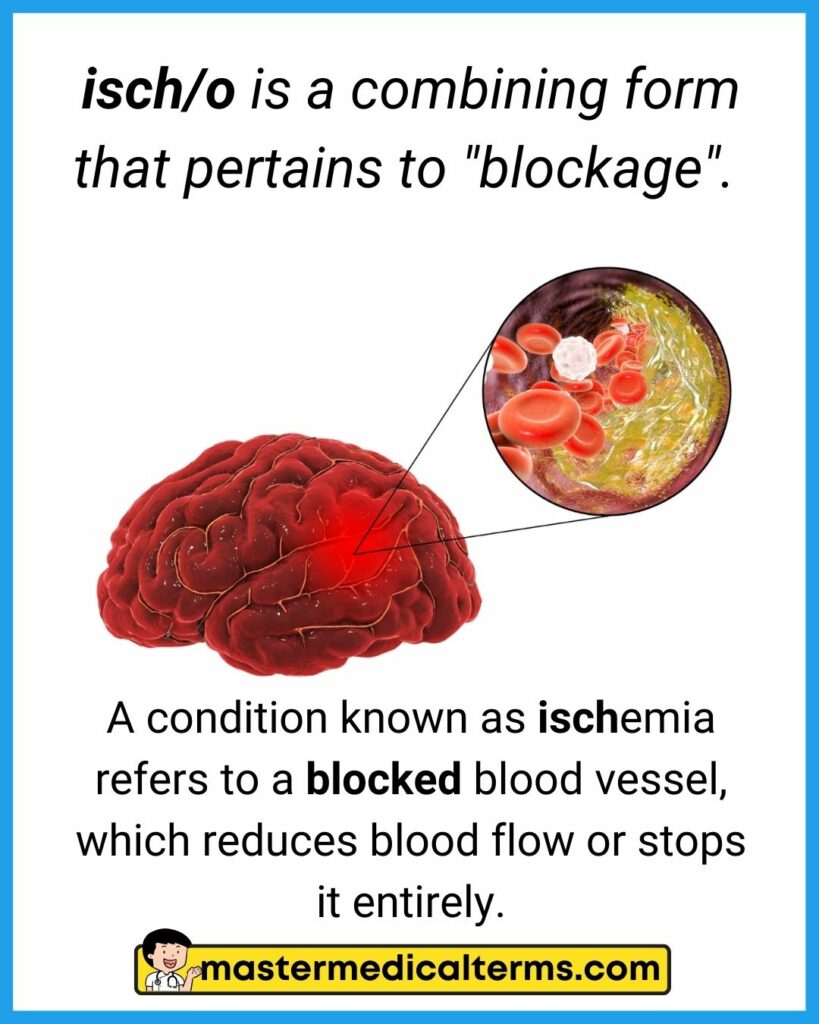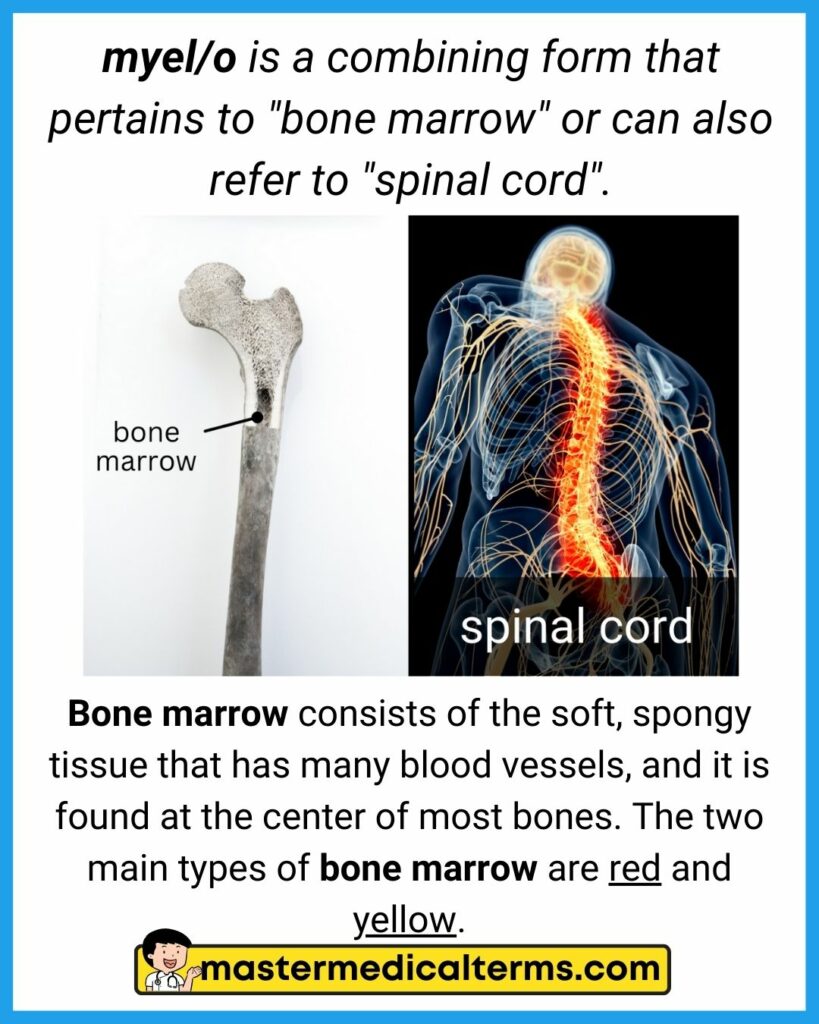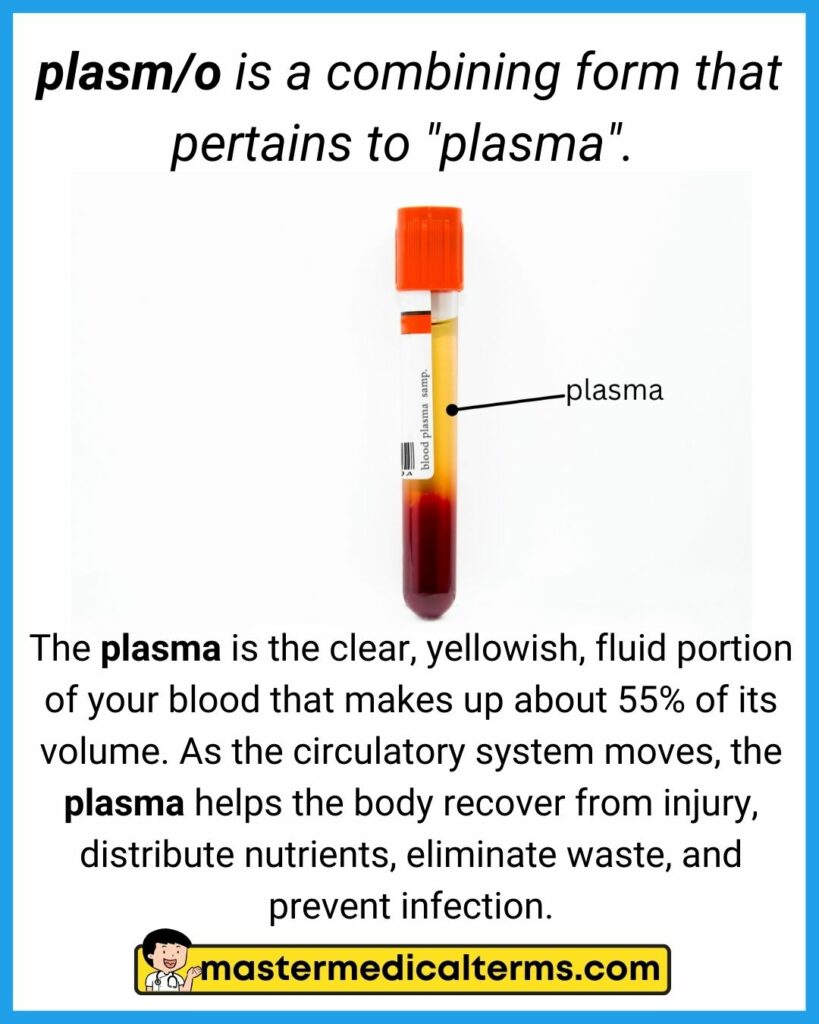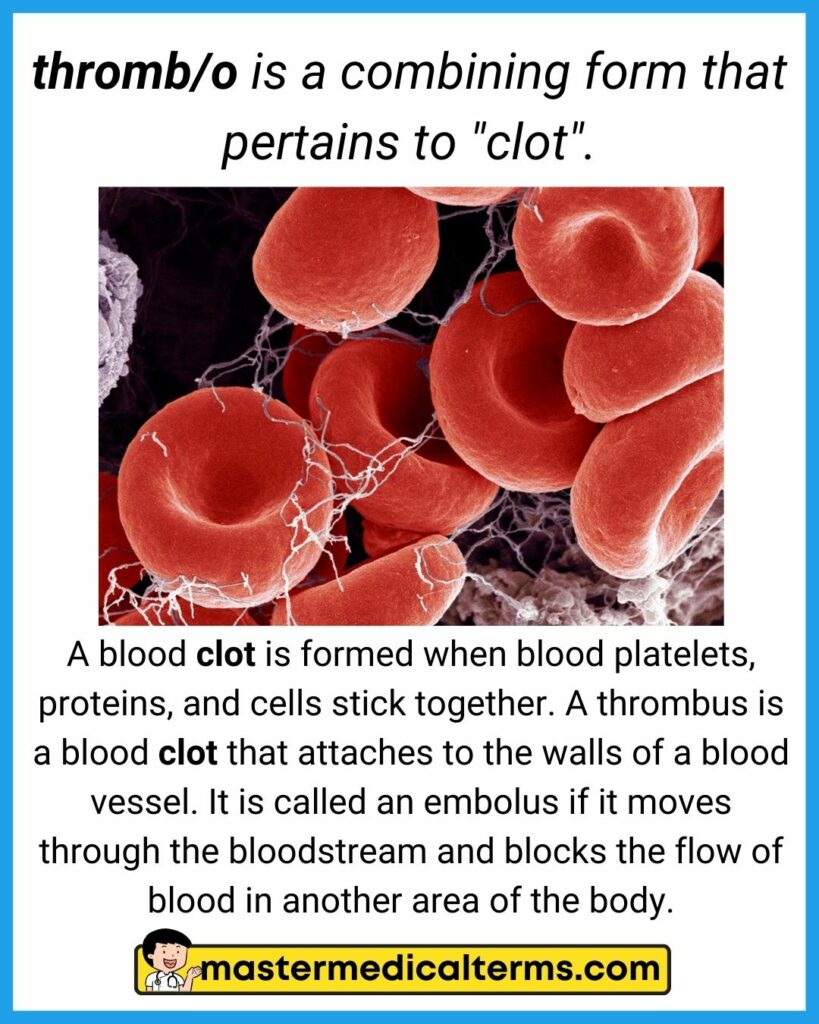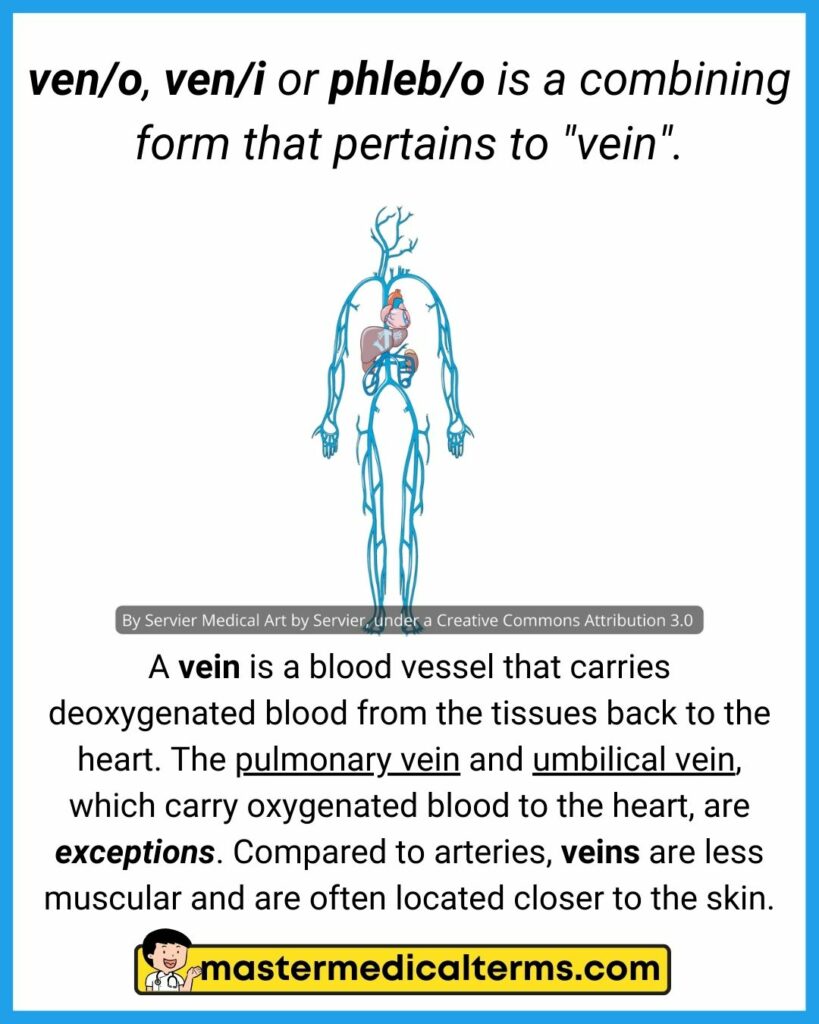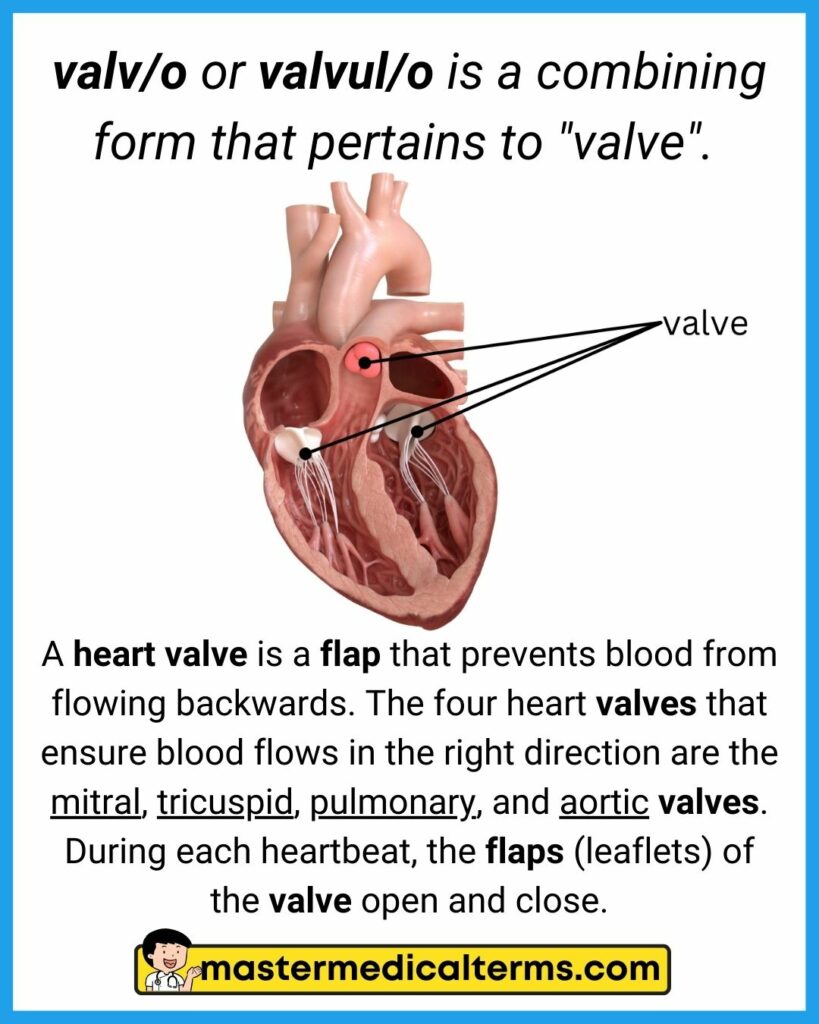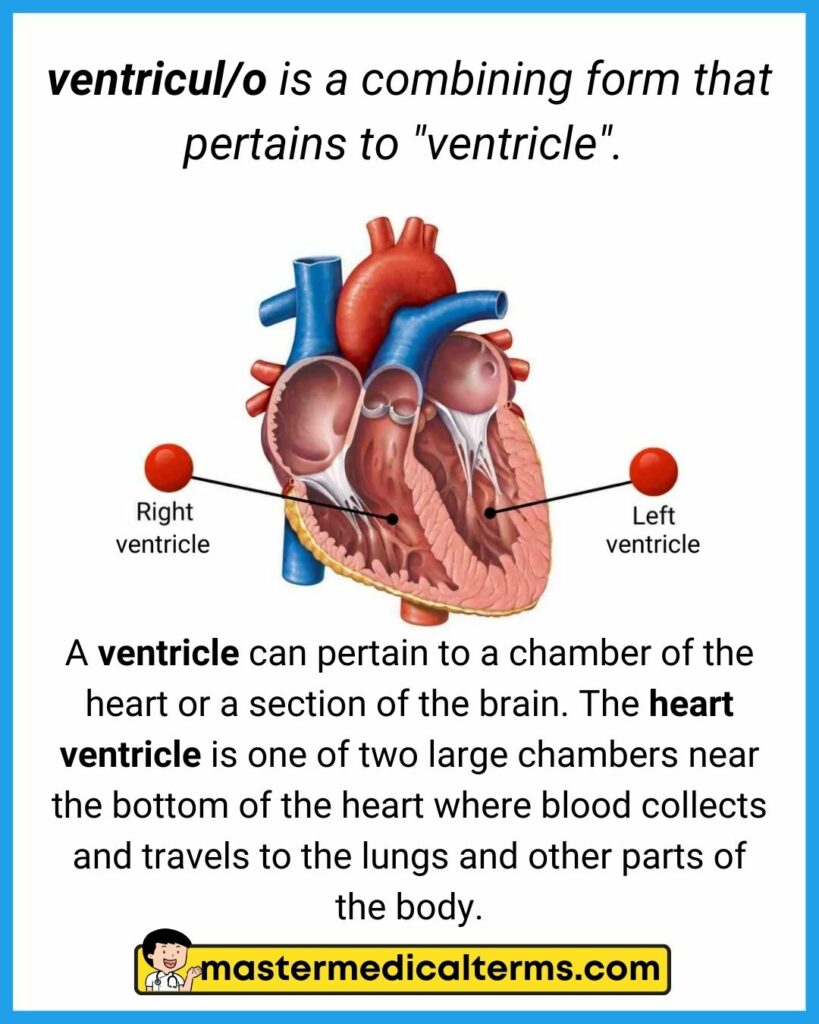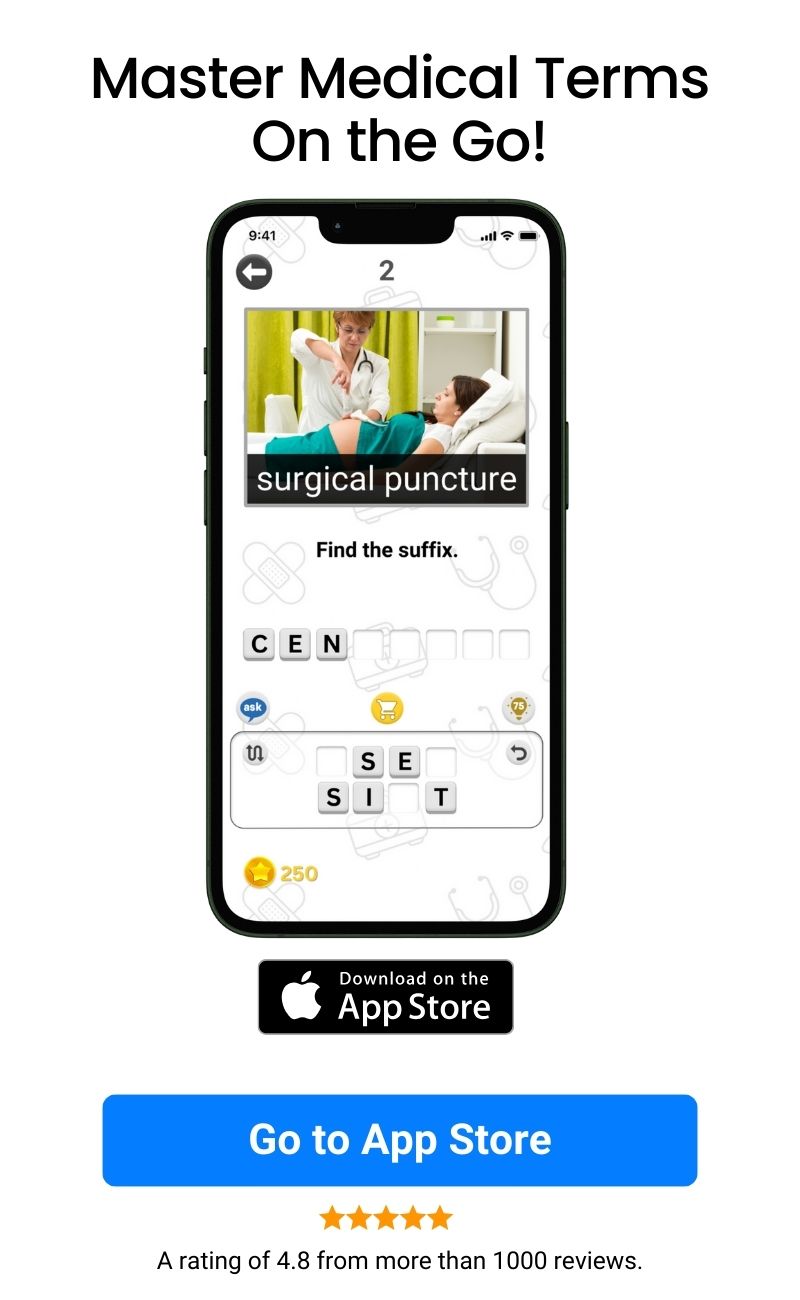Using this review flashcard list, you will be able to identify and gain a deeper understanding of common combining forms and root words that relate to the cardiovascular system.
Check out the quiz version of this flashcard if you want to see how much you remember.
#1 angi/o, vas/o, vascul/o
#2 aort/o
#3 arter/o, arteri/o
#4 arteriol/o
#5 ather/o
#6 atri/o
atri/o is a combining form that pertains to "atrium".
As one of the two upper chambers of the heart, the atrium receives blood from the circulatory system. The heart has two atria - the left atrium receives blood from the pulmonary circulation while the right atrium is supplied by the systemic circulation's vena cavae.
#7 cardi/o
#8 hemat/o, hem/o
hemat/o or hem/o is a combining form that pertains to "blood".
Blood is a complex body fluid made up of four main components: plasma, red blood cells, white blood cells, and platelets.
Among its many functions, blood carries oxygen and nutrients to the lungs and tissues, forms blood clots to prevent excessive blood loss, and transports cells and antibodies that fight infections.
#9 isch/o
#10 myel/o
#11 plasm/o
#12 thromb/o
thromb/o is a combining form that pertains to "clot".
A blood clot is formed when blood platelets, proteins, and cells stick together. A thrombus is a blood clot that attaches to the walls of a blood vessel. It is called an embolus if it moves through the bloodstream and blocks the flow of blood in another area of the body.
#13 ven/o, ven/i, phleb/o
ven/o, ven/i or phleb/o is a combining form that pertains to "vein".
A vein is a blood vessel that carries deoxygenated blood from the tissues back to the heart. The pulmonary vein and umbilical vein, which carry oxygenated blood to the heart, are exceptions. Compared to arteries, veins are less muscular and are often located closer to the skin.
#14 valv/o, valvul/o
valv/o or valvul/o is a combining form that pertains to "valve".
A heart valve is a flap that prevents blood from flowing backwards. The four heart valves that ensure blood flows in the right direction are the mitral, tricuspid, pulmonary, and aortic valves. During each heartbeat, the flaps (leaflets) of the valve open and close.

